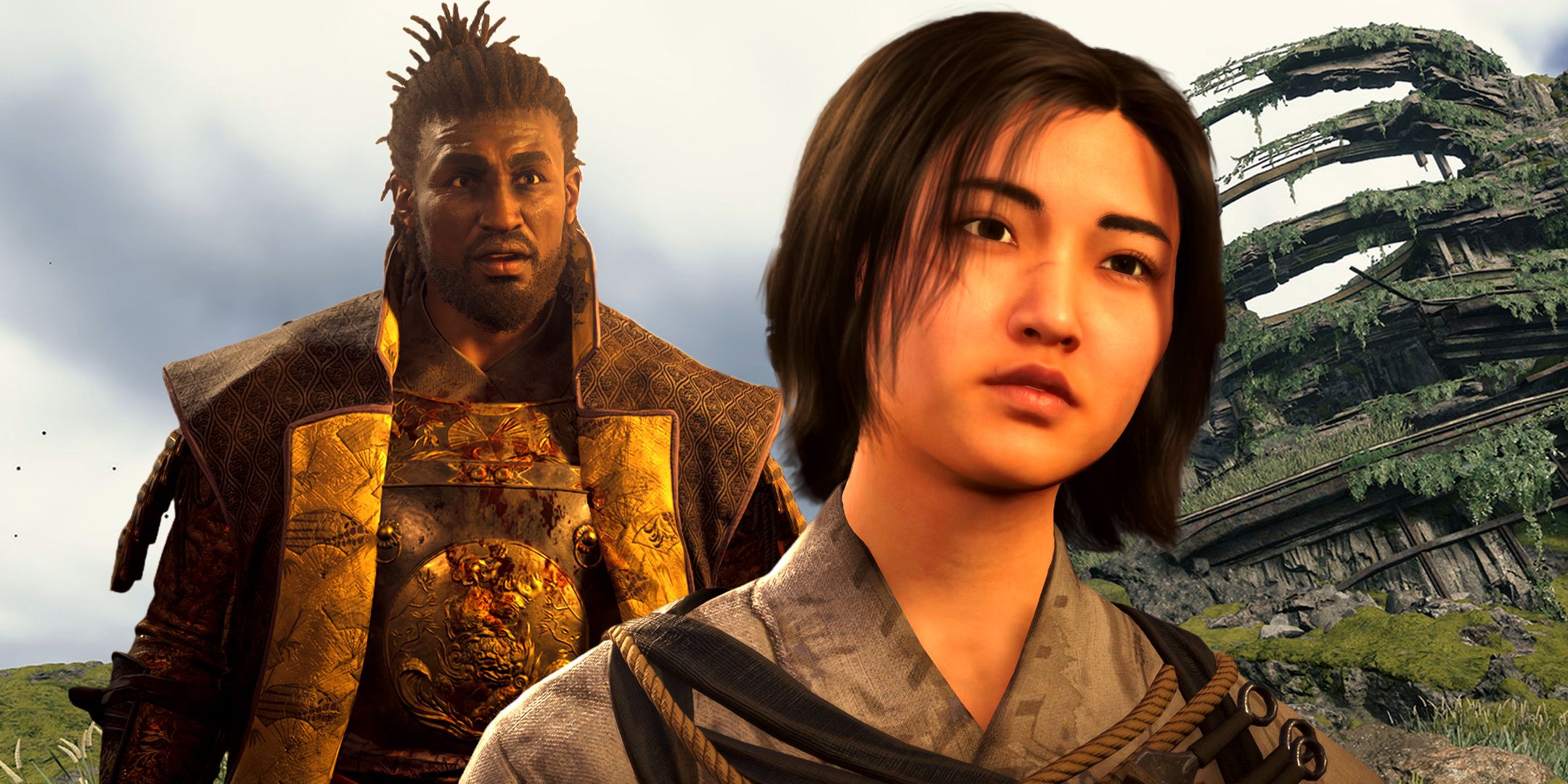
On some level, I applaud Assassin’s Creed Shadows‘ willingness to present a version of feudal Japan that’s more interested in conveying what its natural environments would look and feel like than it is in constant entertainment. The settings are the number-one reason I play Assassin’s Creed, after all, and there’s a certain sense of relaxation to find in patiently trotting a horse down a long riverside path. Long, empty journeys don’t have to be mindless, though, and picking up Death Stranding for a replay after I finished Shadows reminded me just how much more you can do.
Death Stranding’s Focus On Traversal Is Special
Walking Is More Than A Means To An End
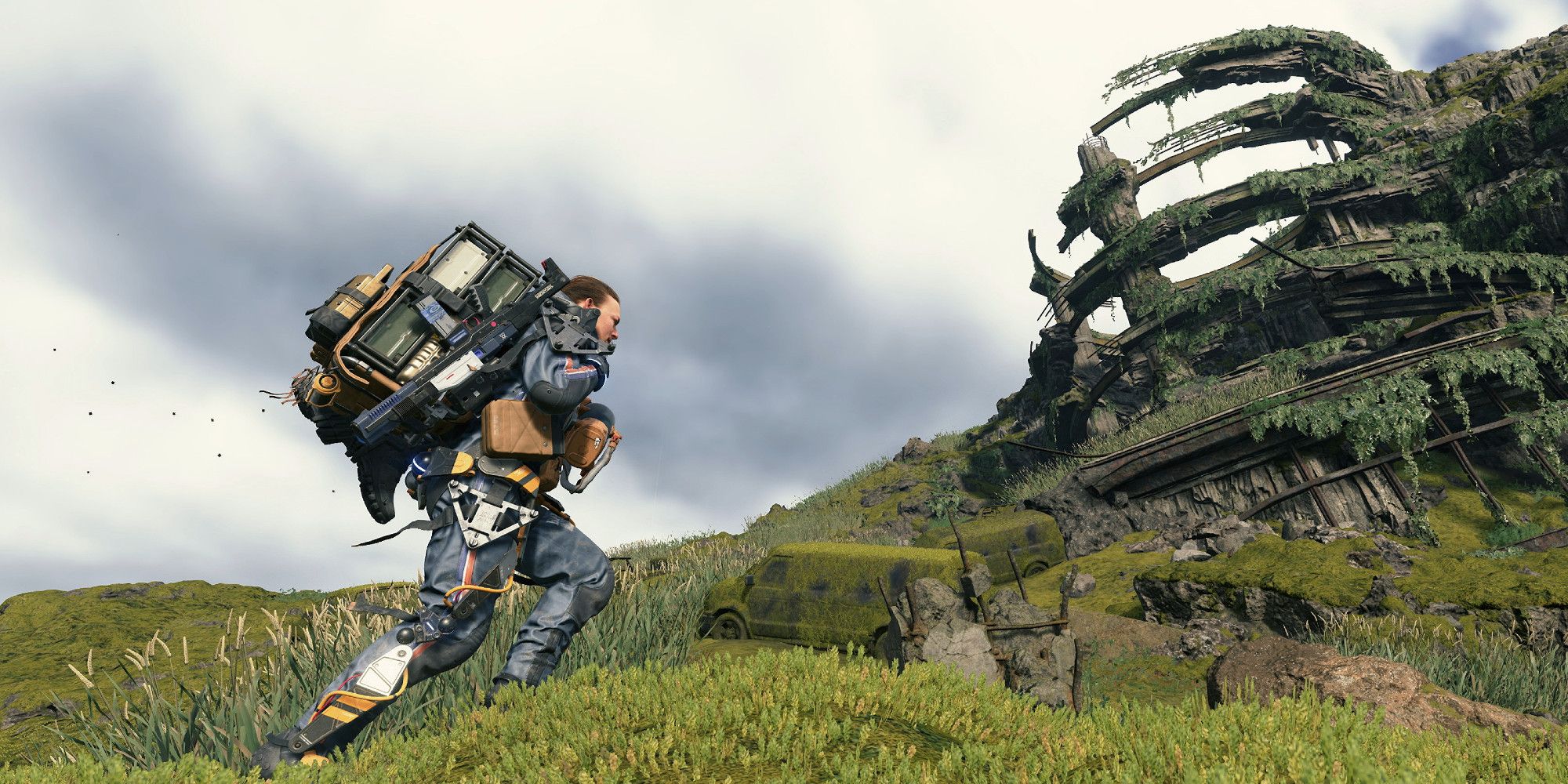
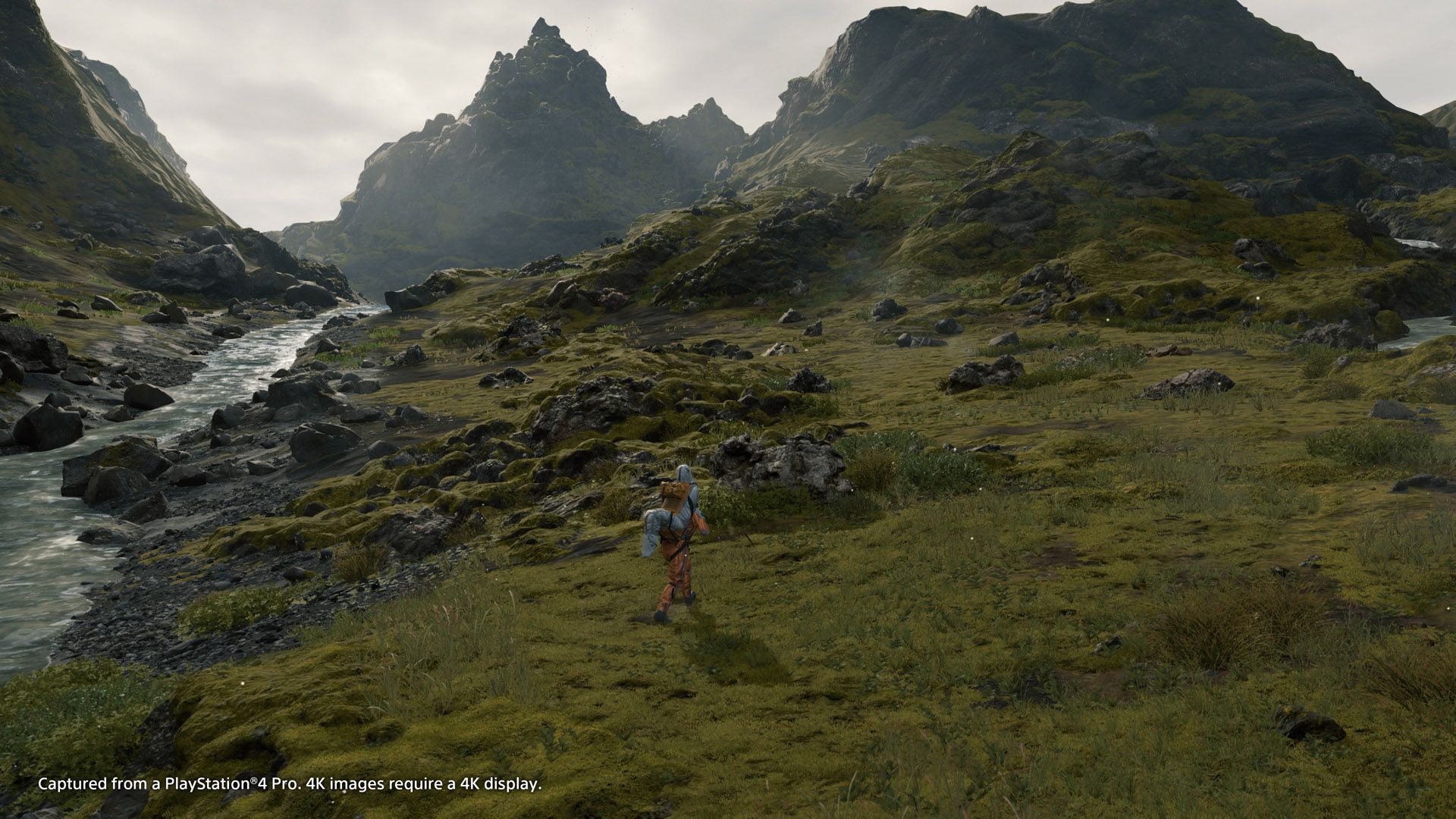
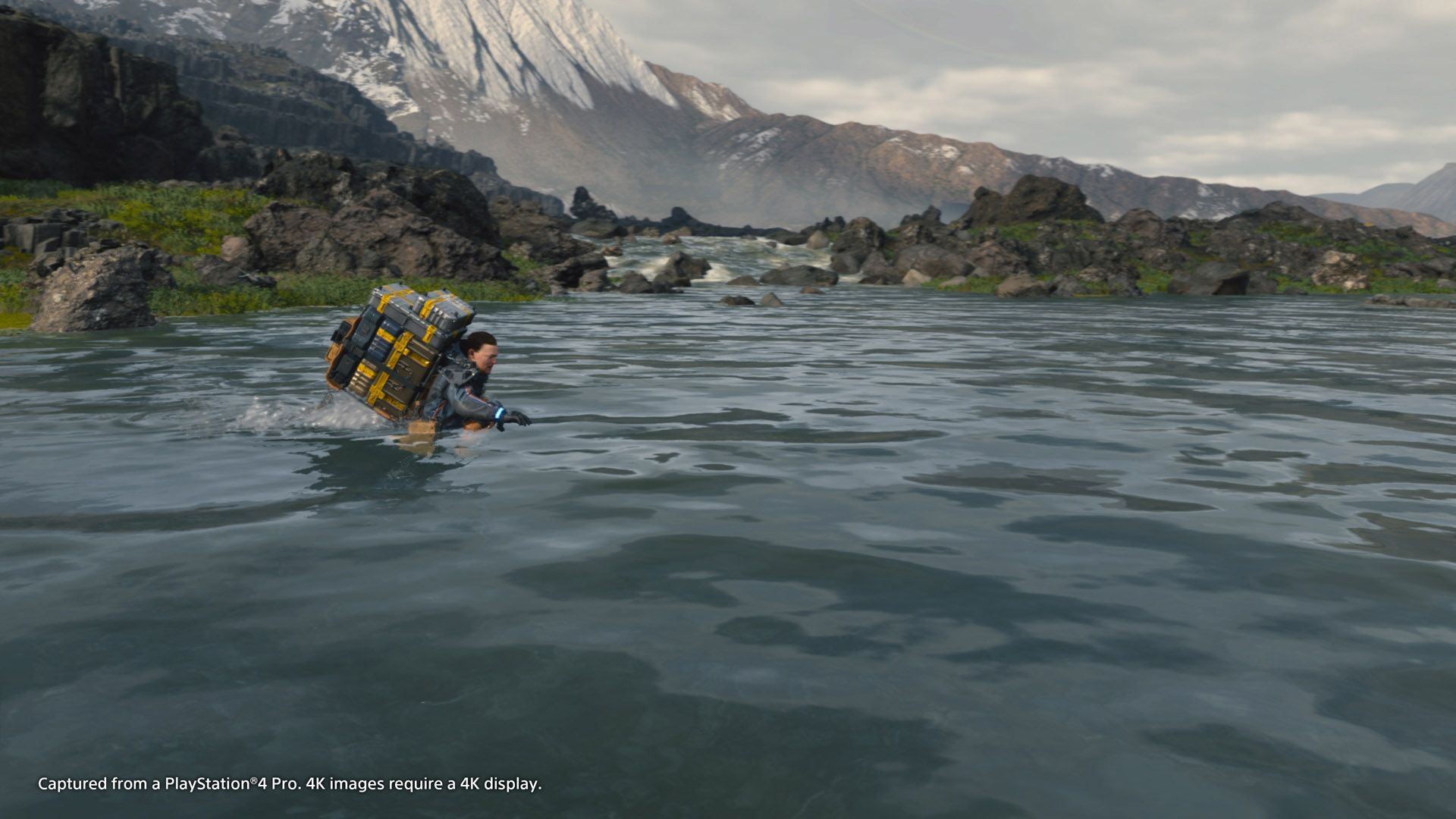



To address the elephant in the room, in no world do I expect Assassin’s Creed to feature the robust traversal mechanics of Death Stranding. Running from point A to point B is entirely the point of Death Stranding and, aside from parkour, barely more than a side effect of the Assassin’s Creed gameplay loop. It makes sense that Shadows doesn’t place the same emphasis on how you interact with its terrain, and the ability to find some natural footholds in rock formations is already more than what many other games offer.
At the same time, picking up Death Stranding again has made me wish that games like Shadows took at least a little inspiration from its ideas. Death Stranding‘s challenges focus on the difficulty of balancing heavy loads in uneven terrain, which can make every river, incline, and crevasse into a major threat. A continually expanding array of equipment aids in this effort, from simple tools like climbing pitons and ladders to sci-fi inclusions like exoskeletons and floating cargo platforms.
Even if you take away the packages that protagonist Sam Porter Bridges carries, you still have strong mechanical interactions with the terrain he crosses, which is where Assassin’s Creed Shadows feels a bit lacking. Assassin’s Creed‘s first attempt at buffing up exploration outside of cities in Assassin’s Creed 3 allowed Connor to parkour between rocks and trees in a way that’s largely fallen out of the games since. I can appreciate the difficulty of making parkour mechanics fully interact with natural terrain, but I would like to see a little more.
To Shadows‘ credit, seasons have major impacts on the environment and stealth, which is both impressive and unique.
AC Shadows Could Make Traversal More Interesting
Environmental Obstacles Could Have Fun Solutions
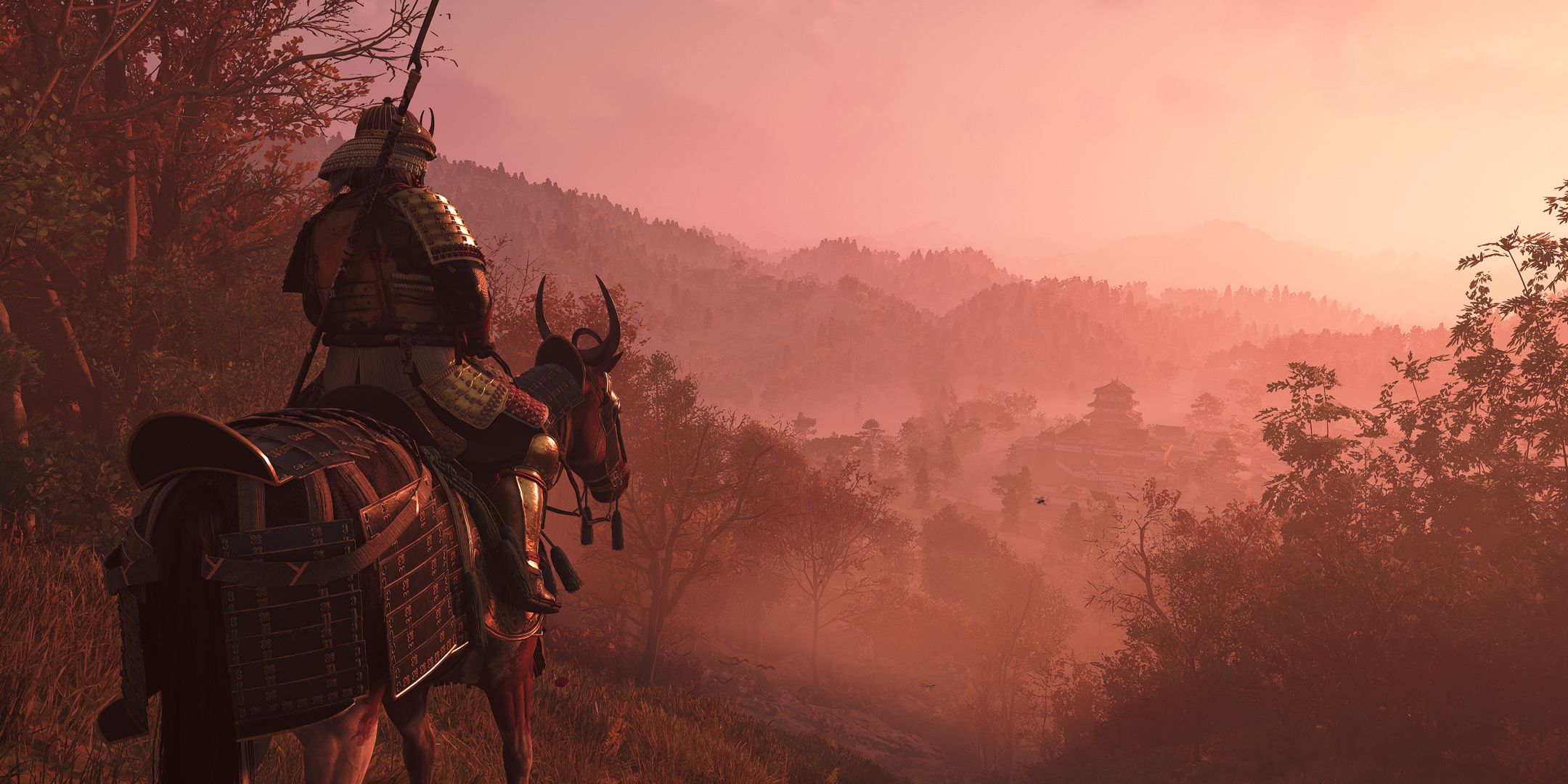
Uphill, I’d like to see movement options that address this no-go zone between a manageable slope and a scaleable vertical wall. Naoe’s grappling hook is the most obvious equipment opportunity. Even if it wasn’t particularly faster than finding a different route, I’d get more enjoyment out of grappling sturdy trees to use the hook in a vaguely similar manner to a piton.
While I can’t see Naoe falling victim to this misappropriation of momentum, it’s one example of how you could make Yasuke’s exploration tradeoffs more interesting without him needing to always be so slow. Falling over after charging down an overly steep slope could let Yasuke pick up intense speed while maintaining his occasional clumsiness. Considering the game’s penchant for environmental destruction, it could also have some fun results in the right locations.
Most Open-World Games Have Disappointing Mountains
Assassin’s Creed Shadows Isn’t Alone
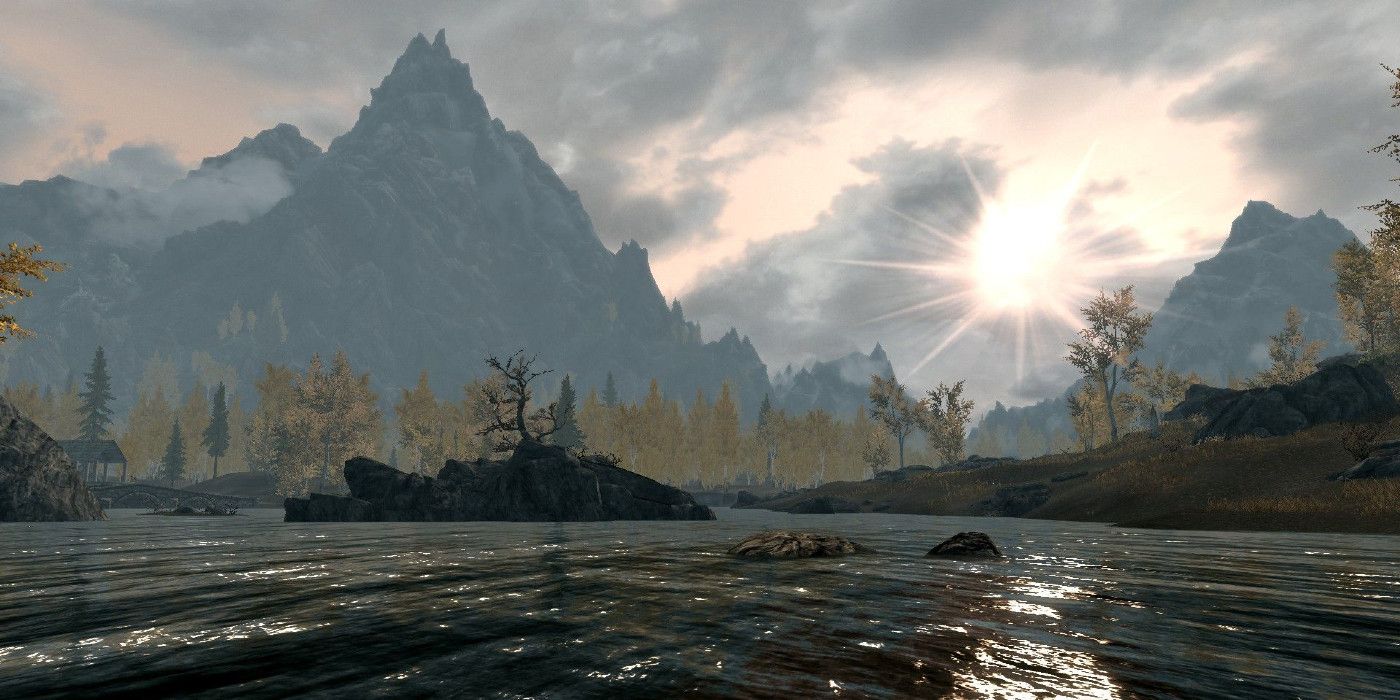
At the end of the day, my complaint isn’t so much with Assassin’s Creed Shadows in particular as it is with the litany of games where the environment occasionally collapses into being a relatively lazy obstacle. There’s a reason why Todd Howard’s “you can walk all the way to the top of that mountain” (commonly misquoted as “See that mountain? You can climb it.“) became such an iconic reference to Skyrim.
The silly shuffle of climbing a mountain in Assassin’s Creed Shadows is a fairly minor gripe, and it’s not even particularly inaccurate to how slopes work in real life. Over the course of 50 or 60 hours, though, I grew increasingly fatigued by how fundamentally unexciting that aspect of the game was. Death Stranding might not be the easiest place to look for a simple fix, but it does provide a particularly staggering contrast when played back-to-back with Assassin’s Creed Shadows, and I’m certainly happy to look at rough terrain with a sense of excitement again.





